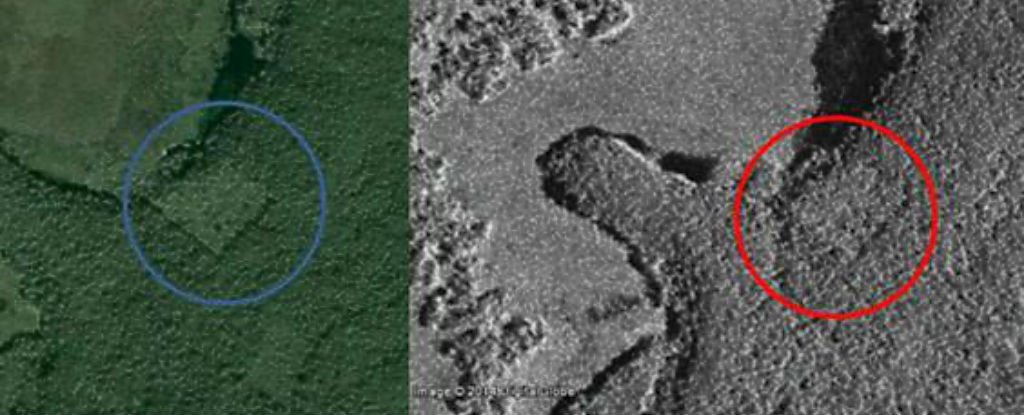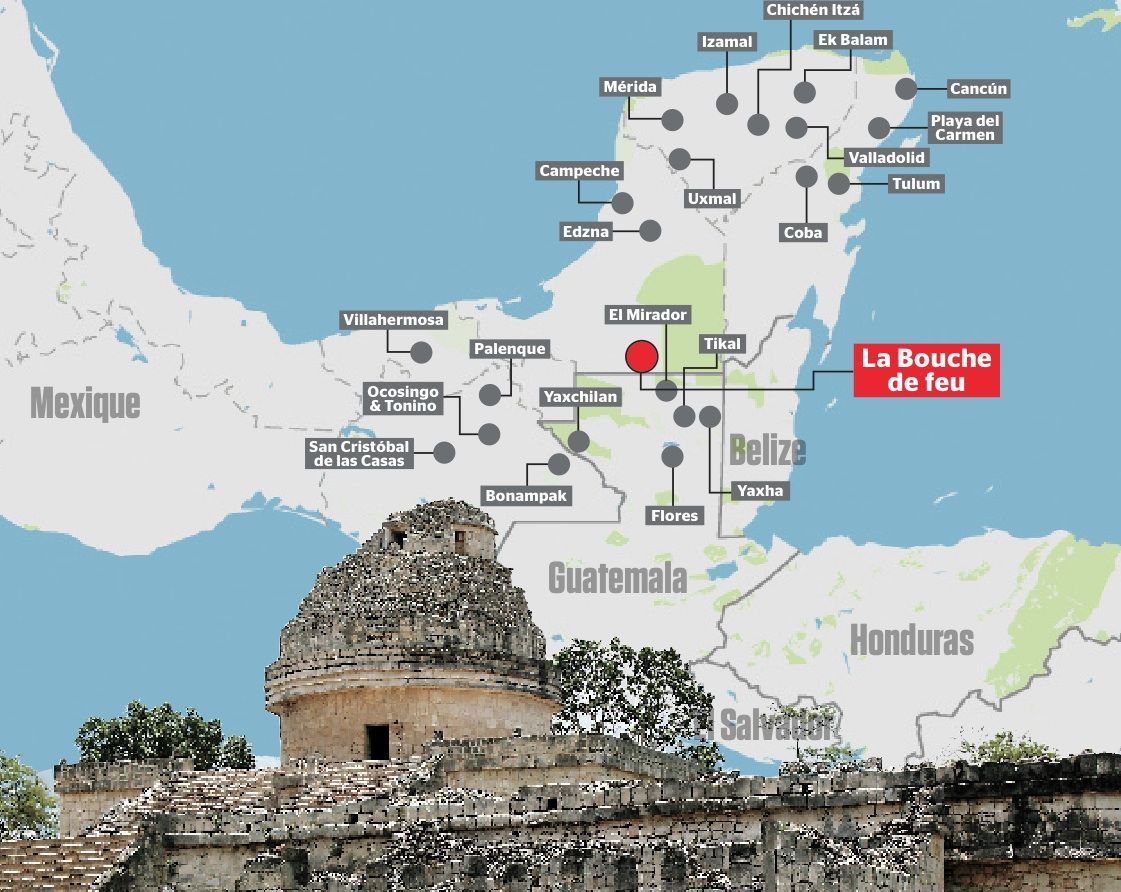15-year-old boy found the lost Mayan city according to a star scheme

William Gaduri, 15, explains his theory of the location of Mayan cities to scientists at the Canadian Space Agency
Canadian schoolboy William Gaduri (William Gadoury) has long been interested in the Mayan civilization. He knew that the Mayans were bowing to the cosmos and stars. But he was interested in the question of why they built cities not where they are convenient for life, near rivers, but in rather strange places: in remote jungles, on the slopes of mountains, etc. A few years ago, the schoolboy had a crazy idea that the Indians were building cities ... in accordance with the location of the stars in the sky!
The boy made a map of settlements, put it on the constellation map - and was able to predict where another unknown city is located. This discovery was a great confirmation of his theory.
William Gaduri several years studied the topic and was able to impose 117 Mayan cities on the scheme of 22 constellations - this was not possible before. About a year ago, he was able to combine two more cities with the scheme of the 23rd constellation. All that was missing was the last 118th city to fully comply with the star scheme. Shkolnik accurately calculated where he should be.
')
Unfortunately, the boy could not check the indicated coordinates on his own; for this, he would have to travel to the deep jungles of Central America. Therefore, he appealed for help to the Canadian Space Agency with a request to show detailed satellite photographs at given coordinates. Scientists have fulfilled the request of the boy - and his assumption was confirmed. Processing the satellite images, William combined them with images in Google Earth.

The city found in the jungle in the south-east of Mexico, near the border with Guatemala.

A more detailed study of the city using satellite images of NASA and the Japanese Space Agency has made it possible to establish that a pyramid and about 30 structures were installed in an unknown settlement.
This turned out to be not only the 118th Mayan city of civilization, but one of the five largest cities known today!
The city was named K'àak 'Chi' (Fire Mouth). So far, no one has seen him in reality. Perhaps in the coming years they will organize a scientific expedition, but experts warn that it will cost a lot of money.
“It will be the culmination of three years of my work and the dream of my life,” said the boy.

William Gaduri will present the results of his work at a scientific conference in Brazil in 2017.
Source: https://habr.com/ru/post/394027/
All Articles